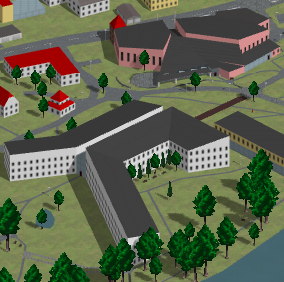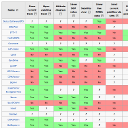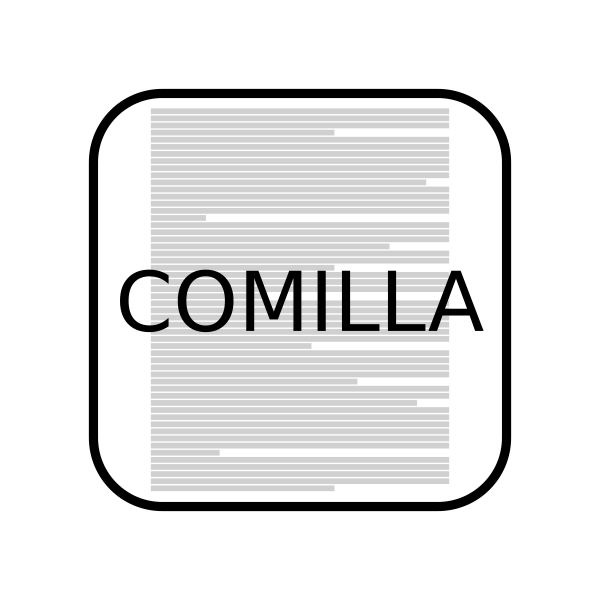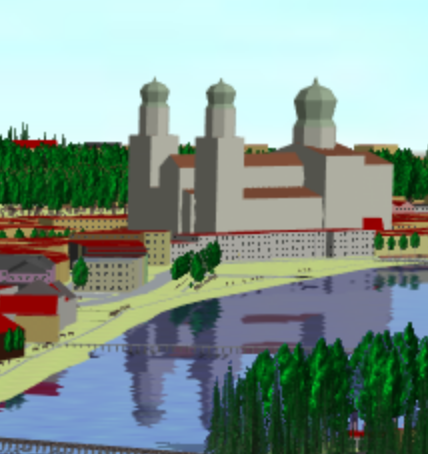
OSM2World creates 3D models from OpenStreetMap data.
This open source renderer displays OSM data with OpenGL or exports them to formats such as OBJ or glTF. The Java source code is available on GitHub.
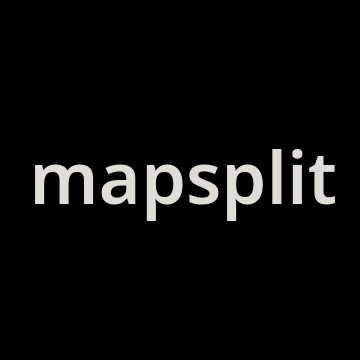
MapSplit divides a large OSM dataset into many smaller tiles.
I've contributed various features and performance optimizations which allow the tool to process continent-sized PBF extracts.
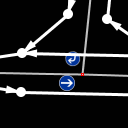
GraphView helps mappers spot errors in road network data by displaying a routing graph preview.
I created the first version of this plugin for the Java OpenStreetMap editor as a part of my Bachelor thesis and have since added more features to it.
